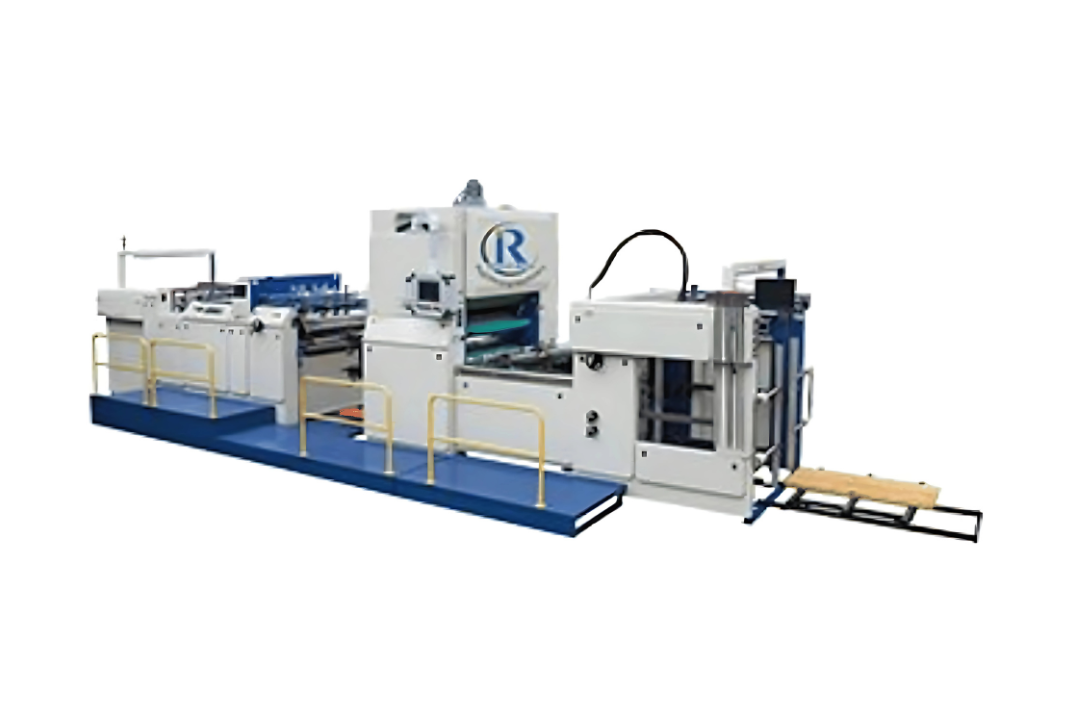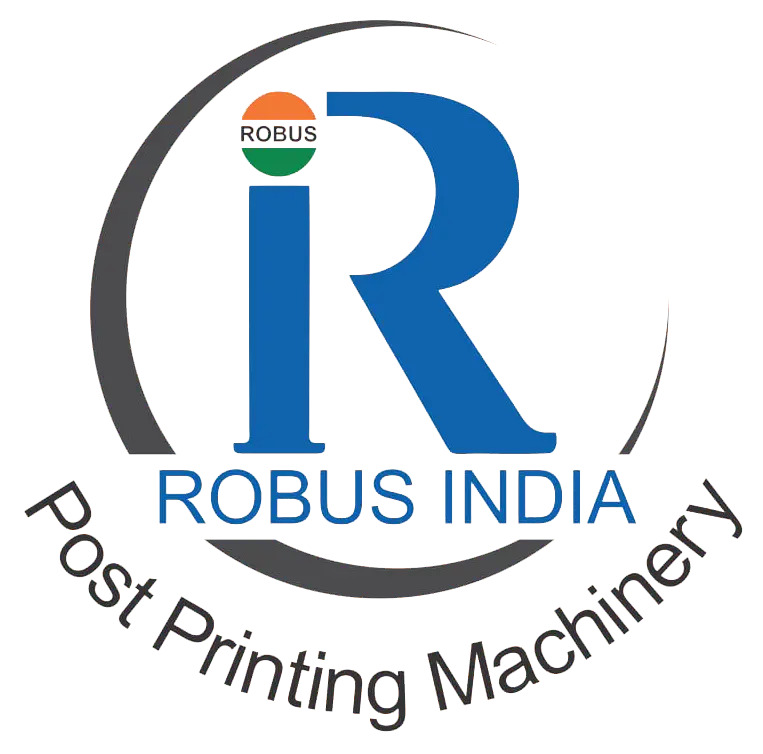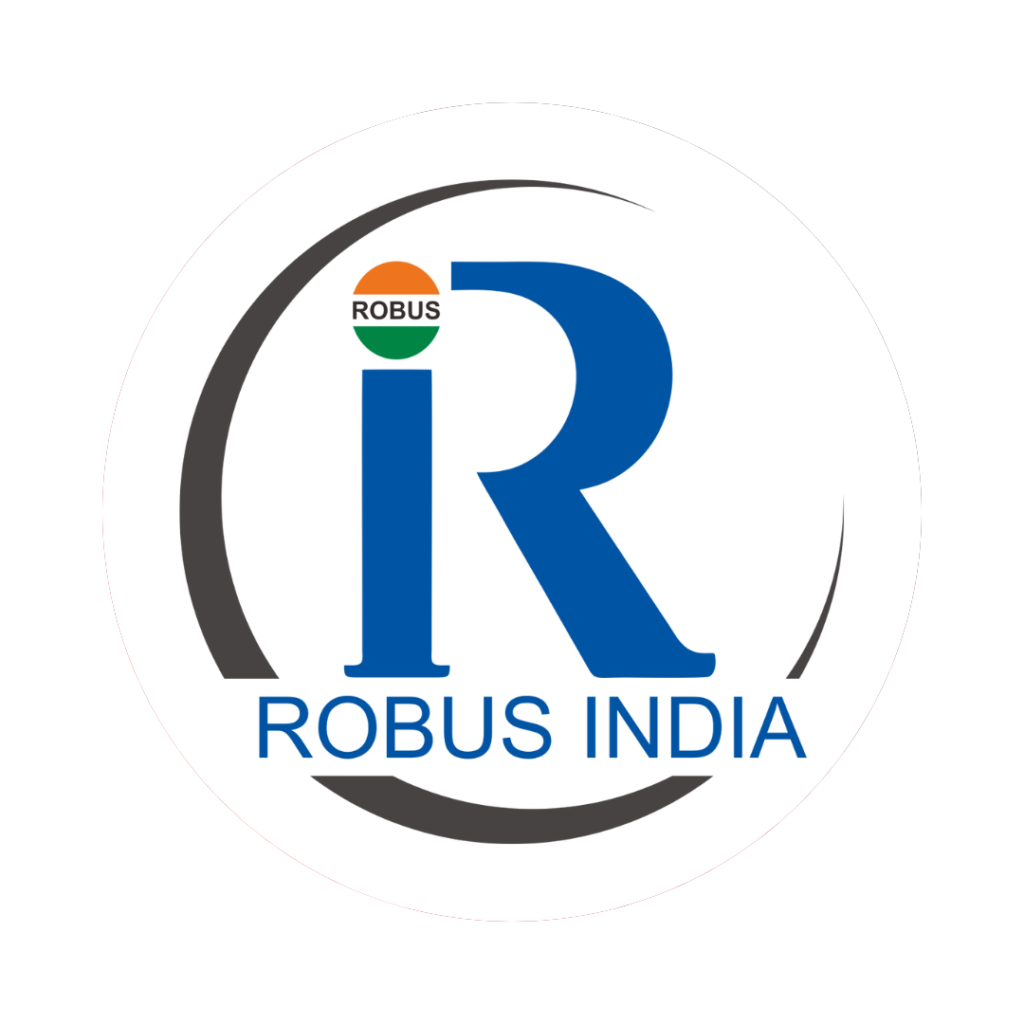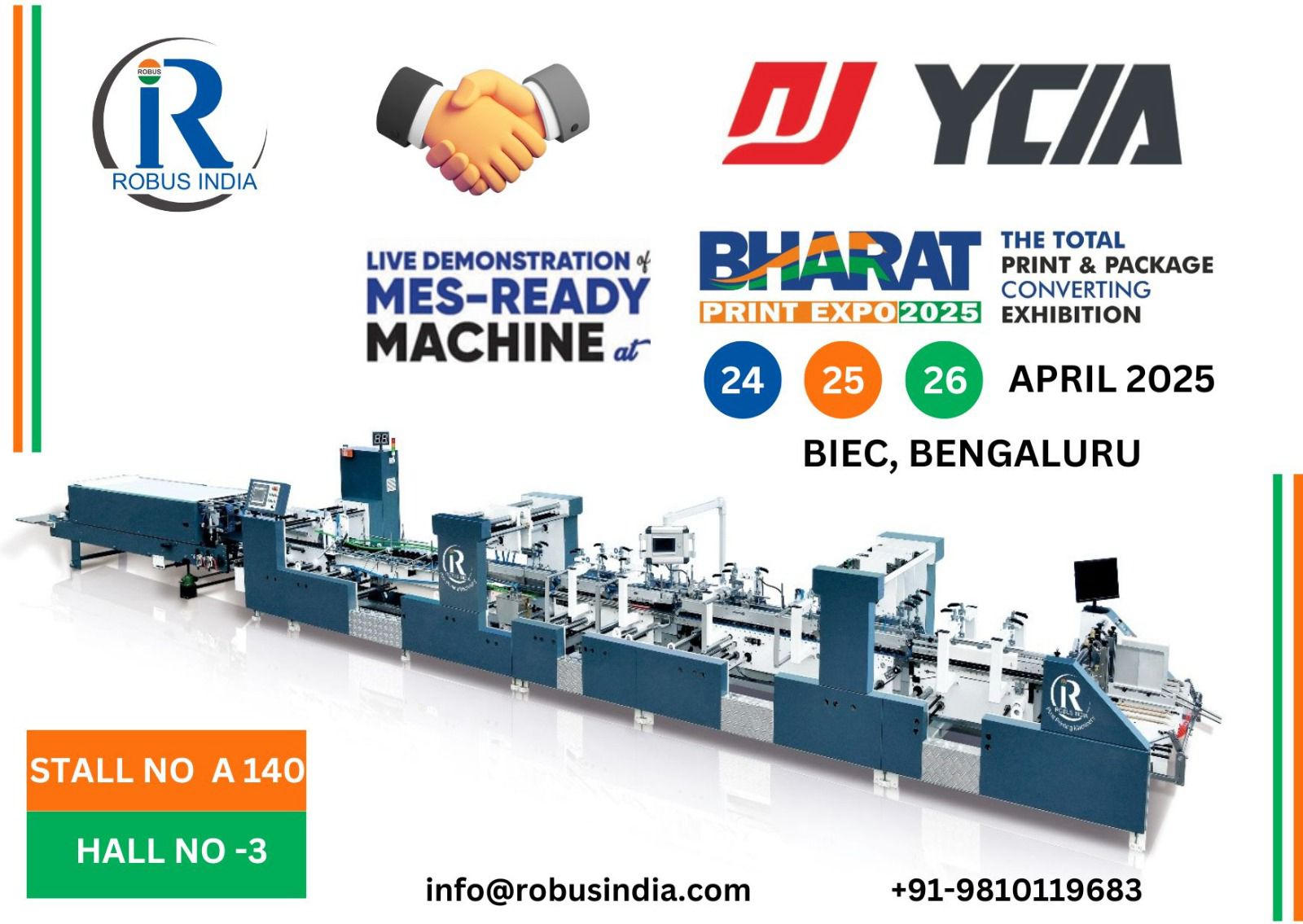Introduction
In today’s competitive market, product presentation plays a pivotal role in attracting customers. Lamination is one such finishing technique that enhances the durability and visual appeal of printed materials. From business cards and brochures to packaging and signage, lamination improves both form and function. The machines that enable this transformation are called lamination machines, and they vary widely in type and use. Understanding these types is crucial for selecting the right equipment for specific business needs.
Lamination machines create a protective layer over printed materials using heat, pressure, or adhesive. This layer protects against moisture, dust, fading, and wear while improving texture and appearance. Whether used in commercial printing, educational institutions, or the packaging industry, lamination has become an essential part of modern production processes. Choosing the right lamination machine depends on multiple factors, including volume, material type, finish requirements, and application purpose.
What Is Lamination?
Lamination involves applying a thin plastic film to a surface, usually paper or cardboard, to protect and enhance the print. It can be matte, glossy, satin, or textured depending on the visual and tactile needs of the final product. Lamination not only boosts the aesthetic quality of the material but also increases its lifespan.
It plays a significant role in marketing, branding, and packaging where visual impact and durability are essential. Lamination also makes materials easier to clean, more rigid, and resistant to external damage like UV rays or spills.
Why Businesses Use Lamination Machines
Businesses use lamination machines to create high-quality, long-lasting printed materials that reflect brand value and professionalism. Laminated products resist water, fingerprints, and smudges, making them ideal for menus, ID cards, promotional posters, product labels, and packaging materials. These lamination machines can be used for different items including brochures, menu cards, documents , etc
In packaging, lamination ensures graphics remain vibrant even during transportation or storage. In education, it keeps teaching aids reusable. In corporate settings, laminated documents maintain a polished appearance for client presentations or trade shows.
Lamination also enables additional finishing techniques like spot UV, foil stamping, and embossing. These layers add perceived value and elevate the customer experience.
Thermal Lamination Machines
Thermal lamination machines use heat to apply the laminate film to a printed surface. The film contains a heat-activated adhesive that melts and bonds with the substrate. These machines are widely used in commercial printing and packaging because of their speed and versatility.
They are suitable for applications that require large volumes of laminated sheets with high clarity and professional finishes. Thermal lamination is perfect for book covers, magazine pages, and luxury packaging where aesthetics matter.
Available in roll-to-roll or sheet-fed formats, thermal laminators offer different pressure settings and temperature controls for precision lamination. They are efficient and deliver consistent results with minimal operator intervention.
Cold Lamination Machines
Cold lamination machines do not use heat. Instead, they apply pressure to bond adhesive-coated film to the material. These are ideal for heat-sensitive items like photographs, inkjet prints, and vinyl signage.
Since cold lamination doesn’t distort the material, it’s suitable for delicate prints or specialty papers that may curl or warp with heat. It’s also the preferred option in environments without ventilation or where thermal lamination may pose safety concerns.
Cold laminators are popular in the advertising and signage industry, especially for vehicle wraps, banners, and window graphics. They preserve ink quality and are easy to operate, making them accessible for small businesses and creative studios.
Pouch Lamination Machines
Pouch lamination machines use pre-sized plastic pouches that seal documents when fed through heated rollers. These are ideal for laminating ID cards, licenses, certificates, and small documents. Compact and easy to use, pouch laminators are commonly found in schools, offices, and retail stores.
The operator simply places the material inside the pouch and runs it through the machine. Heat melts the adhesive inside the pouch, sealing it tightly around the material. Pouch laminators support various thicknesses, typically ranging from 3 mil to 10 mil, depending on durability requirements.
They are cost-effective, portable, and require minimal setup, making them an excellent option for quick, on-demand lamination needs.
Roll Lamination Machines
Roll laminators are designed for high-volume lamination. These machines use large rolls of film and are ideal for continuous operation in commercial printing or packaging facilities. Roll laminators support a range of paper sizes, including A3, A2, and custom sheets, allowing for flexibility in production.
Available in both hot and cold variants, roll laminators are used for posters, maps, marketing brochures, and even rigid boxes. Their higher speed and automation capabilities make them suitable for production environments where time and consistency are critical.
Roll laminators often feature adjustable speed, tension, and temperature settings, providing precise control over the lamination process and ensuring a wrinkle-free, professional finish.
Single-Side and Double-Side Lamination Machines
Depending on the application, businesses may need lamination on just one side or both. Single-side lamination machines are used in book covers, packaging, and postcards where one side needs a glossy or matte finish while the other remains printable or writable.
Double-side lamination machines apply film on both sides simultaneously. These are used for items like menus, ID cards, calendars, and educational materials that require full protection and structural rigidity.
Advanced models allow quick switching between single-side and double-side modes, offering flexibility and reducing machine downtime. Such functionality is useful in diversified printing environments.
Industrial Lamination Machines
Industrial lamination machines are large-scale, high-performance systems built for 24/7 operation. These machines handle complex tasks like spot lamination, window lamination, holographic lamination, and textured finishes. They’re typically integrated into full production lines alongside die-cutters and folder-gluers.
Used in high-end packaging and security printing, industrial laminators can process a wide range of substrates including board, plastic, and metalized films. They offer unmatched speed, scalability, and customization options.
These machines are programmable, support smart diagnostics, and allow centralized control through digital interfaces. For companies operating in the premium packaging, food, or pharmaceutical sectors, industrial laminators ensure output meets global quality standards.
Specialty Lamination Machines
Beyond standard models, there are specialty lamination machines for niche applications. These include holographic laminators, digital spot UV laminators, and machines designed for embossed textures or velvet-touch finishes. These machines help products stand out on retail shelves and enhance tactile engagement.
Textile lamination machines, for instance, apply protective film to fabric, used in fashion or automotive interiors. Likewise, solar panel manufacturers use specialized laminators to encapsulate PV cells.
These niche machines cater to industries with specific durability, texture, or aesthetic needs and contribute to innovation in materials science and product design.
Conclusion
Lamination has evolved from a protective measure to a creative tool for enhancing brand perception, product durability, and customer experience. With so many types of lamination machines available, businesses must consider their production scale, material types, and end-use requirements before making a selection.
Whether you’re a print shop owner, packaging manufacturer, or corporate brand manager, the right lamination machine can elevate your product quality, streamline operations, and reinforce your brand identity. Investing in the right technology ensures your printed and packaged materials not only last longer but also leave a lasting impression.




